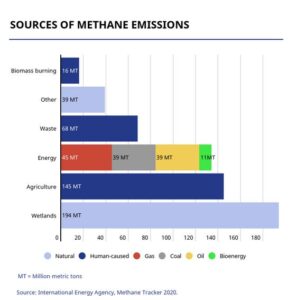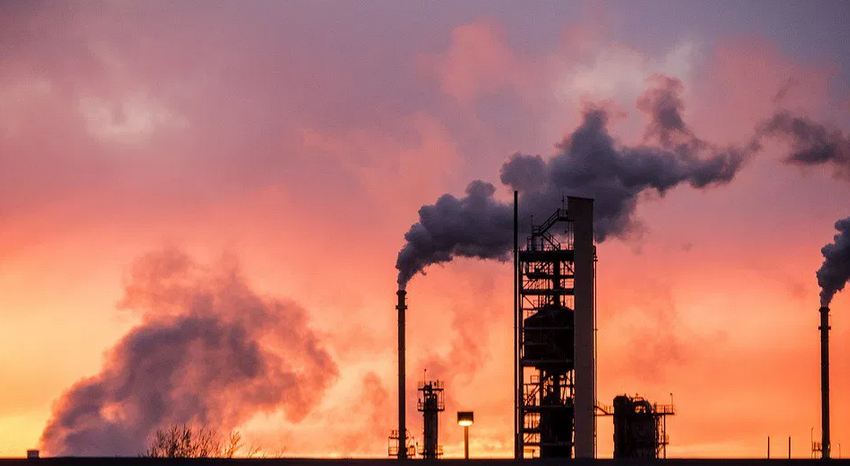As new research emerges, we learn that oil and natural gas production emit a lot of methane, more than previously estimated.
The recent batch of data has been released by the SEAS (the Harvard John A. Paulson School of Engineering and Applied Sciences). According to the research team, oil production emits 90 % more methane, while natural gas production, 50 %.
Here is what you need to know.
Oil and Natural Gas Production Where To?
For the new data, a team of researchers led by Joannes Maasakkers, a graduate student at SEAS, developed a technique to spot and map total emissions from satellite data.Â
Their work represents the first country-wide evaluation of the emissions that the UNFCC (the United Nations Framework Convention on Climate Change) received from the EPA.Â

According to EPA’s database, only the total national emissions have been reported to the UNFCC.
Maasakkers detailed:
“[…] because we spent so much time with the EPA figuring out where these different emissions occur, we could use our transport model to go back and figure out what sources are responsible for those under- or over-estimated in the national total.”
The team’s findings
The team succeeded in reaching some more precise results. That include 90 % higher emissions from oil production and up to 50 % higher emissions for natural gas production than EPA estimated in its recent report.
The EPA’s reports are based only on equipment and processes. For instance, the EPA estimates that a gas pump emits a specific methane level, multiplies that by how many pumps are working over the country and get a final estimate from gas pumps.
According to the team, the EPA’s technique makes it really challenging to get estimates for individual facilities. The reason? Because it’s almost impossible to consider each potential source of emission.
Researchers will continue their mission to monitor the US methane emissions. They will use a new batch of data from a high-resolution satellite.Â












Leave a Reply